Death. Famine. Cultural unrest. Sustainability. Biological wars. Humanitarian Crisis. Conditional insurgencies. Territorial disputes. Topics such as these are bound to casually come up in a coffee table conversation when a technology-driven world thriving on digital diversification and fast-paced developments, succumbs to the enveloping social and global issues. While matters such as these are hot topics for institutional debates, global crisis are grave problems that cross everyone’s minds but seldom culminate in a feasible solution. Spearheading this fight against global crisis while highlighting world peace, Cooper Hewitt, Smithsonian Design Museum in New York, brings forth their latest exhibition ‘Designing Peace’. The thought-provoking exhibition features forty design inventions and initiatives that explore the unique role of design in pursuing peace. The exhibition has been organised by Cynthia E. Smith, curator of socially responsible design, alongside Caroline O’Connell, curatorial assistant and will be on view till 4th September 2023. “Peacebuilding and design are dynamic processes which involve engagement, understanding context, trust building, communication and iteration. This exhibition explores the role of design in building peace and resilience—and proposes that peace is not abstract and remote, but can be local, tangible and even possible,” says Smith.
Currently, the world is at a critical juncture in global dynamics, wherein, on one hand, breakthroughs in the realms of medical sciences and technology are setting benchmarks for the world, and on the other, critical issues such as social, environmental and economic inequities, continuous conflicts, internal insurgencies, long-standing armed standoffs, territorial disputes and now the Russo-Ukrainian war, are dragging the world backwards. At a junction such as this, this introspective exhibition considers the possibilities of designing not just for functionality, but also peace. It takes into consideration, goal 16 of the United Nations’ Sustainable Development Goals, calling directly for peace, justice and strengthening institutions by eliminating hunger and poverty, improving healthcare and educational facilities, and creating a resilient space while fostering innovation.
‘Designing Peace’ over the course of its five sections, includes multiple objects, models,interactive installations , maps, images and multimedia presentations that come across the viewers as an assortment of design responses to multiple underlying reasons for conflicts and division, including socioeconomic inequality, resource competition and environmental degradation.
How can design support safe, healthy and respectful environments?
A long-term, life-affirming strategy for peace and security is one that prioritises everyone's safety, wellbeing, and dignity before tending to materialistic aspirations. Design, as a constructive tool, can help in supporting a culture that values and protects people, while fulfilling their fundamental needs in a healthy environment.
The first section of the exhibition features heartwarming projects that despite their locale, sensitise humanity and humbleness. For instance, Rael San Fratello’s Teeter-Totter wall features a striking set of bold pink seesaws installed through the slats of the towering steel US-Mexico border wall. The design translates the message of how events echoing on one side of the border directly impact the actions and movements taken on the other. Furthermore, Columbia’s Christmas Operations demobilisation campaign, brings in floating orbs carrying messages from friends and family members to the jungle’s rivers in an attempt to persuade rebels to retreat, leave behind weapons and head home. Similarly, Design Studio for Social Interventions’s co-created pop-up Social Emergency Response Centers ponders upon the social emergencies in everyday lives of each visitor, while reflecting on real-life social as well as natural emergencies and communal aids.
How can design address the root causes of conflict?
Armed conflicts have several causes, including social divisions, economic imbalances, and environmental and political reasons. All of these issues are exacerbated by global warming and a worldwide pandemic. To safeguard and improve lives throughout the world, design can play a vital role in strengthening resilience, extending access, and challenging repressive institutions. Supporting the thought, the creative design exhibition features works such as ‘Regreening Africa’, a mobile phone app that enables local farmers to record and share land restoration efforts in sub-Saharan Africa, ultimately marking them on a world map with global recognition. A few other features include Collaborative Architecture’s Peace Pavilion, an altered discourse on war and nationalism, PeaceTech Lab’s series of handbooks called ‘Hate Speech Lexicons’ that identify and explain conflict provoking language with alternative words and phrases to cut the root causes of chaos.
How can design engage creative confrontation?
This particular section of the exhibition identifies and emphasises on conflicts that do not create damage. Different collaborative artists, designers and thinkers come together to debate and creatively confront world problems only to find systematic and positively transformative solutions. Some exhibits include, ‘Maps’ that is a bullet rug design series by DETEXT, that features a creative collection of rugs made using bullet casings collected in different locations, the new World Peace Symbol, created by a Uruguayan graphic designer , devoid of problematic meanings associated with previously designed signages etc.
How can design embrace truth and dignity in a search for peace and justice?
To achieve justice, all of humanity must engage in a discussion about the past and raise voices that have previously been silenced. By developing forums for discussing secret histories and inventive ways to distribute new information, design may play an important role in advancing universal human ideals. Correlating to the ideology, the exhibition showcases multiple design interventions that converge with truth and justice while searching for reconciliation. The section includes projects ranging from a landscape design memorialising the port of entry of enslaved Africans into North America (My Ancestors’ Garden) to a series of sketches by New Orleans habitants who write about monuments they wish to see in their cities (Paper Monuments)
How can design help transitions from instability to peace?
The last section of the exhibition examines the novel interventions that facilitate a transition from instability to peace. Harmony is a sense of state that holds long term benefits to all segments of the society. It often requires a comprehensive and collective understanding of sustainability, peacebuilding and human rights while dealing with critical social issues to build peace. Ornamenting the section are some colourful installations including ‘Blue: the Architecture of UN Peace Missions, a body of work that explores UN camps as not just temporary forts, but long-standing catalysts of local development. Furthermore, the media installation of the architectural project 'Stone Garden' by Lina Gotmeh in post-war Beirut materialises everything that the city has endured in the past, as an integrated built form.
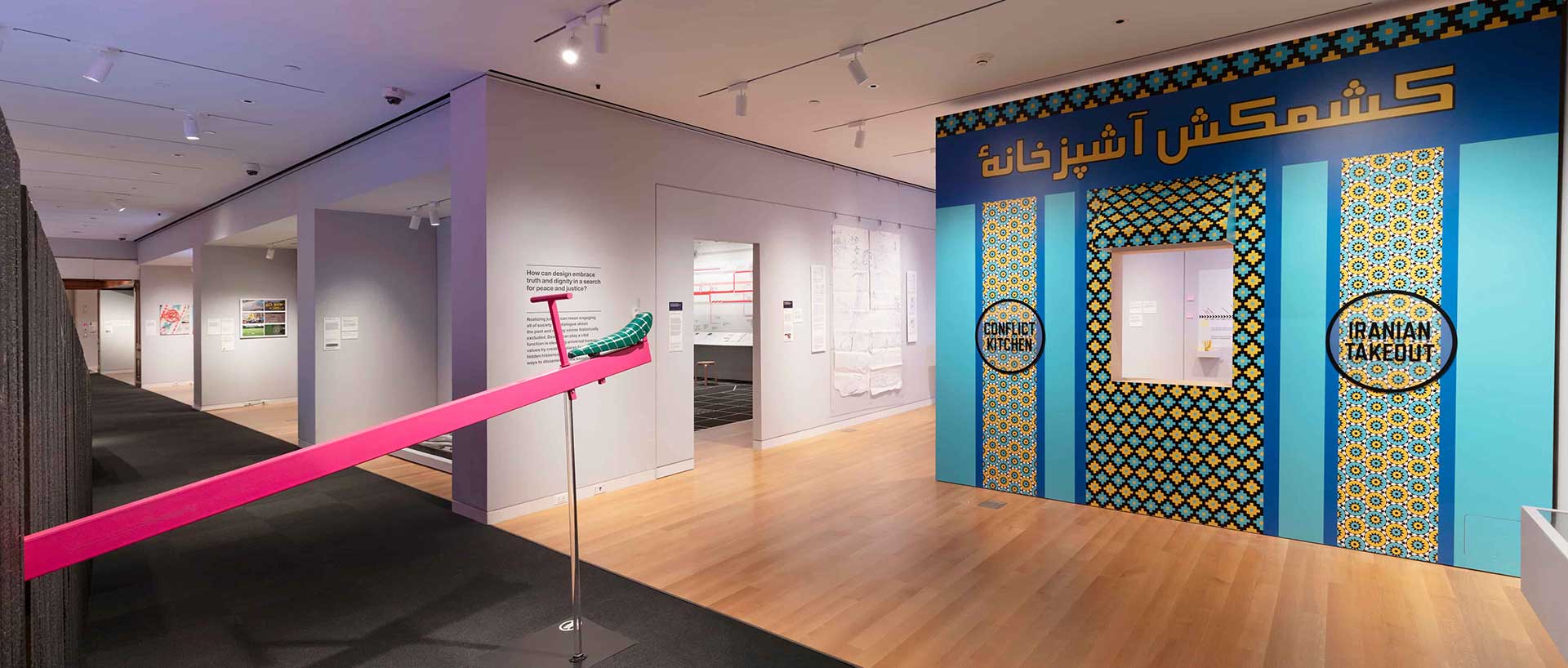
The entire exhibition is a creative statement on the much-needed interventions in the design sector that are either already in existence or underway, divided by the diversity of production through 25 countries but united by the single, most important initiative- world peace.
The exhibition will be on untill the 4th of September 2023 at Cooper Hewitt, Smithsonian Design Museum, New York.






 Sign in with email
Sign in with email


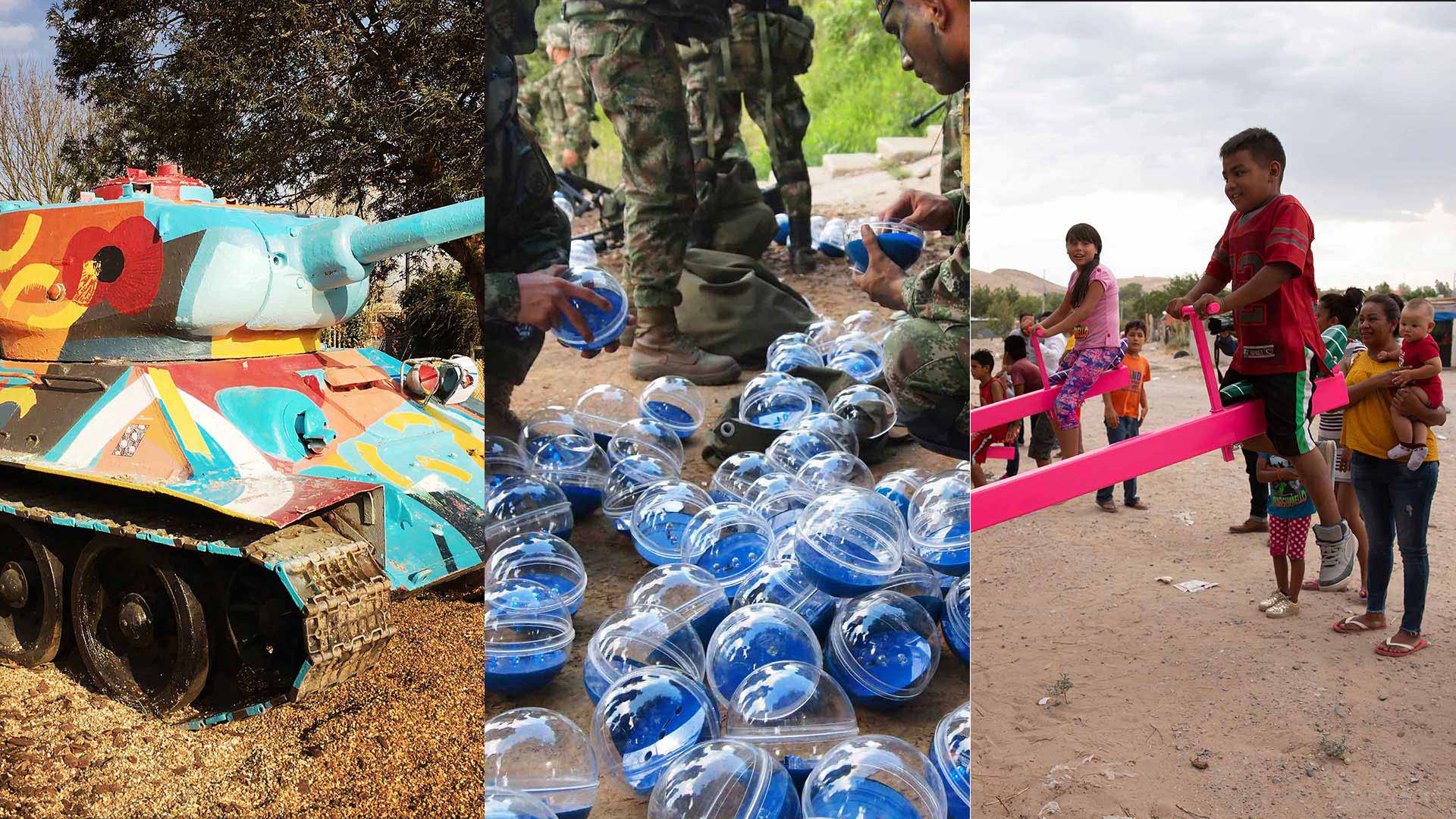
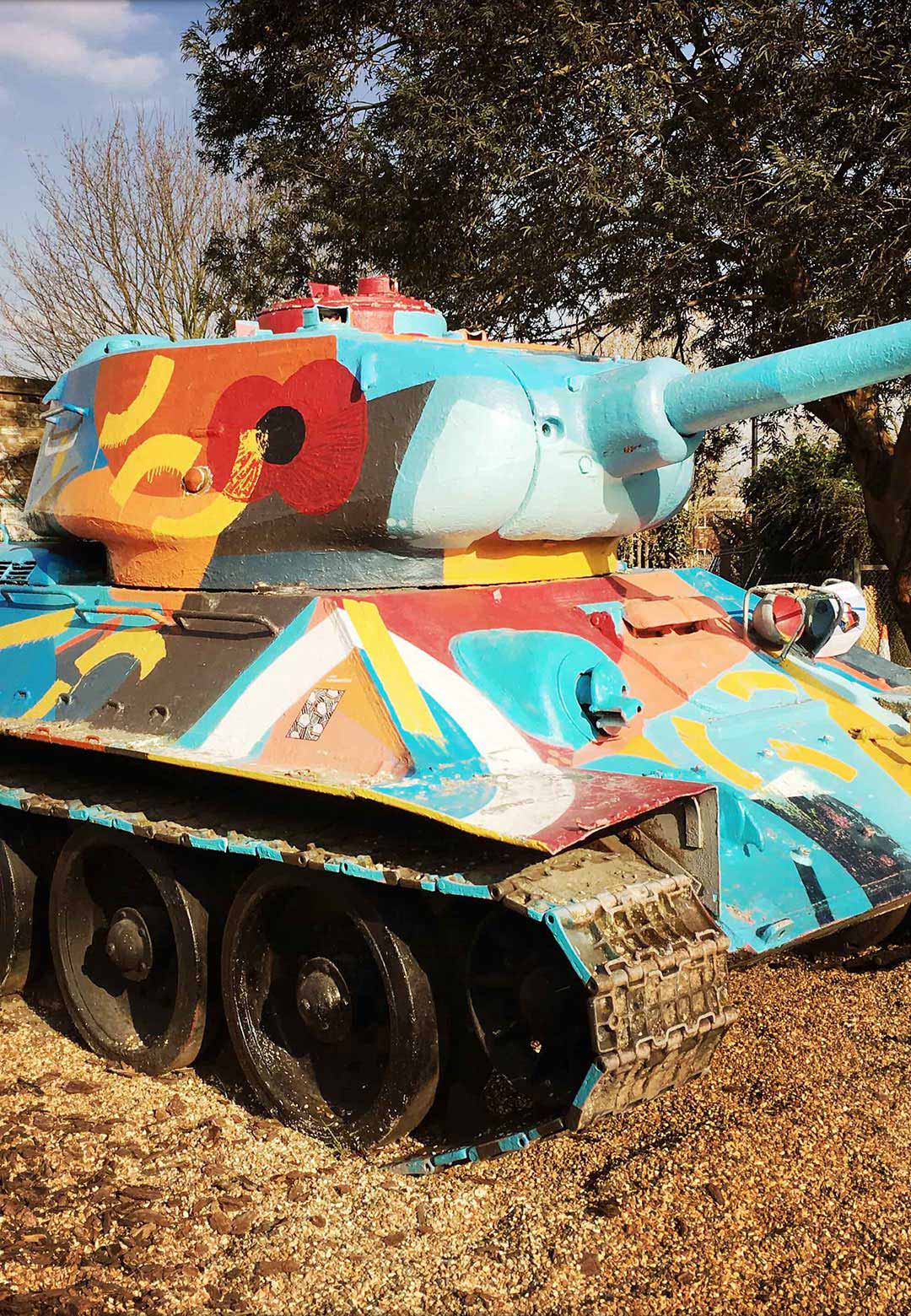
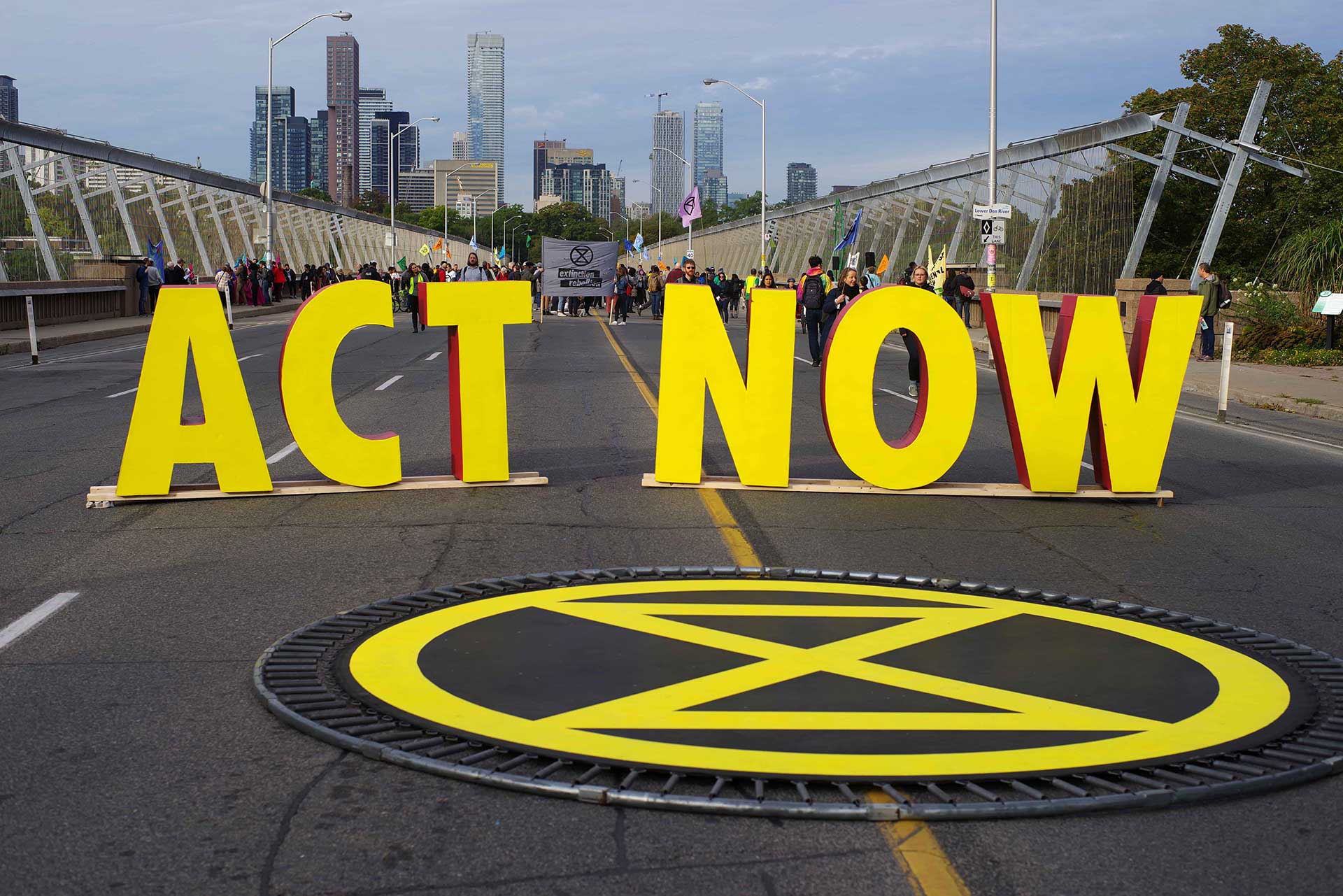
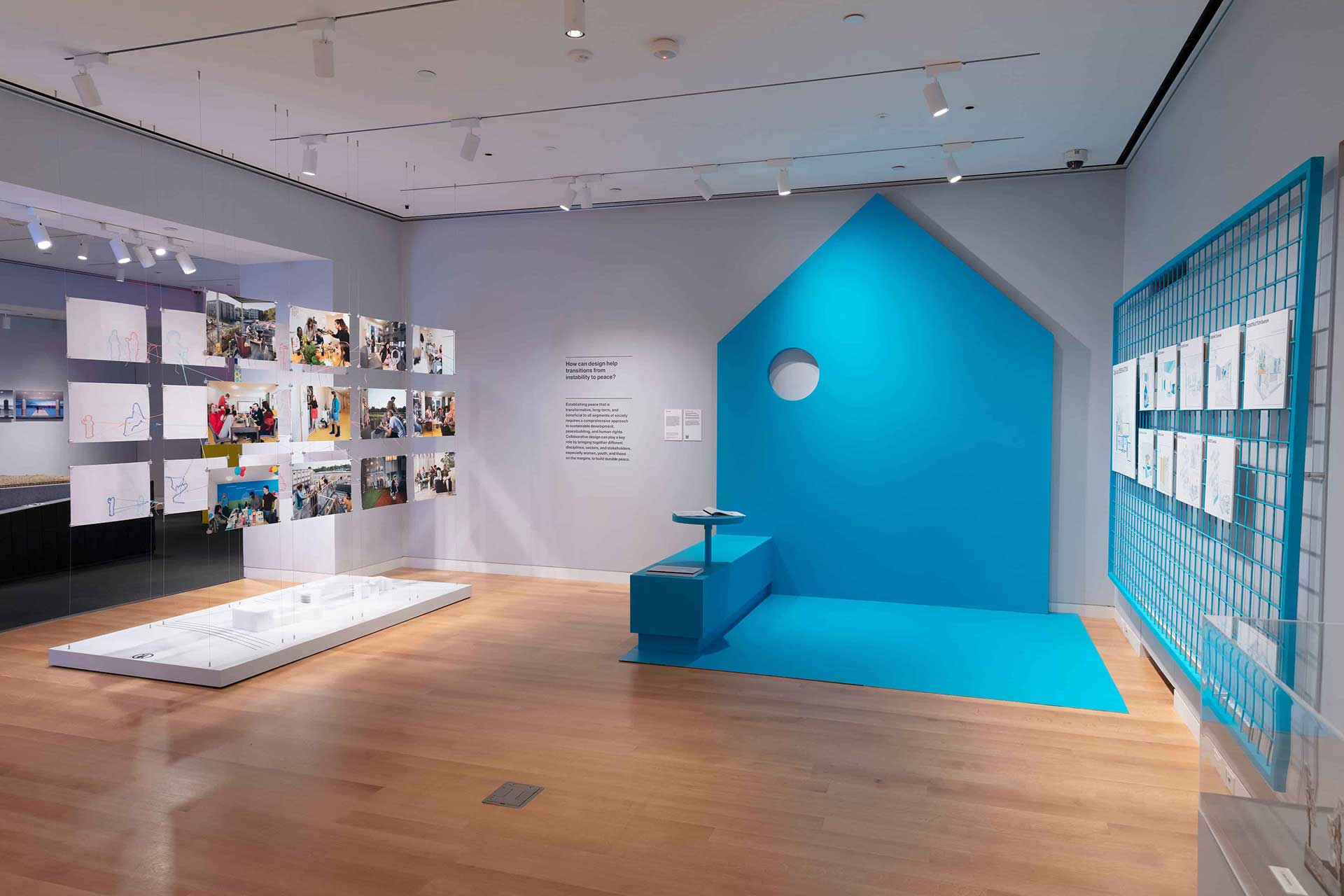
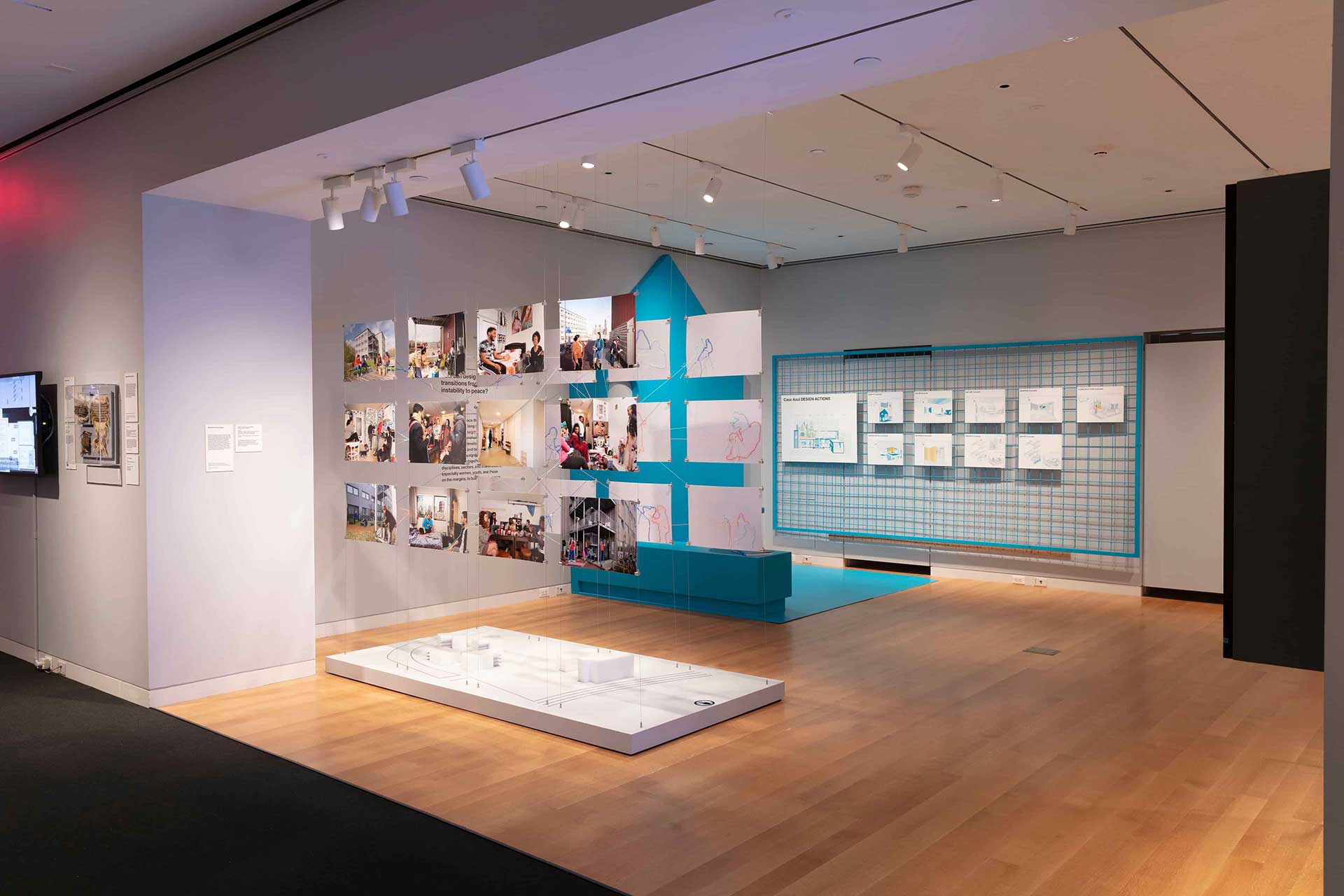
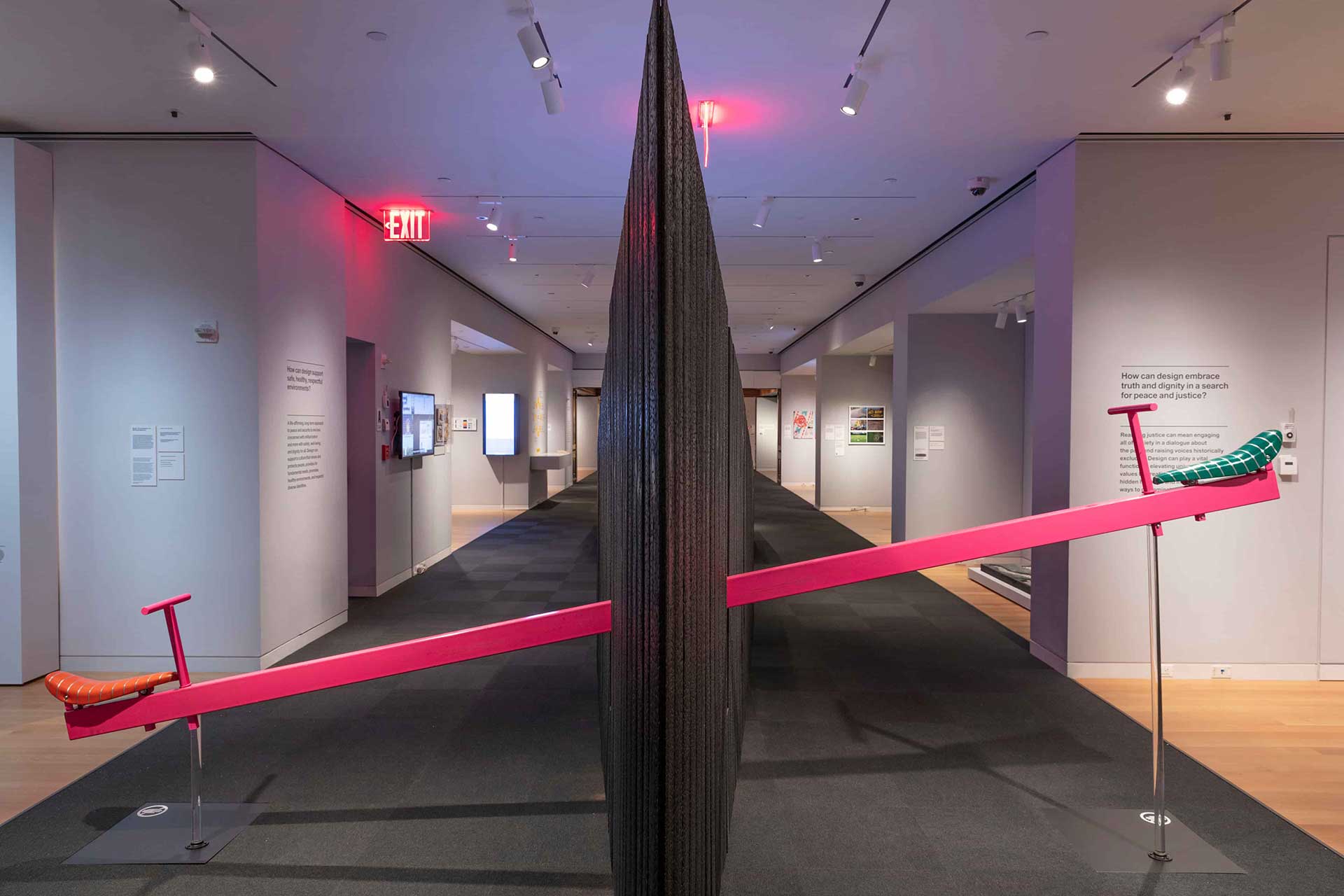
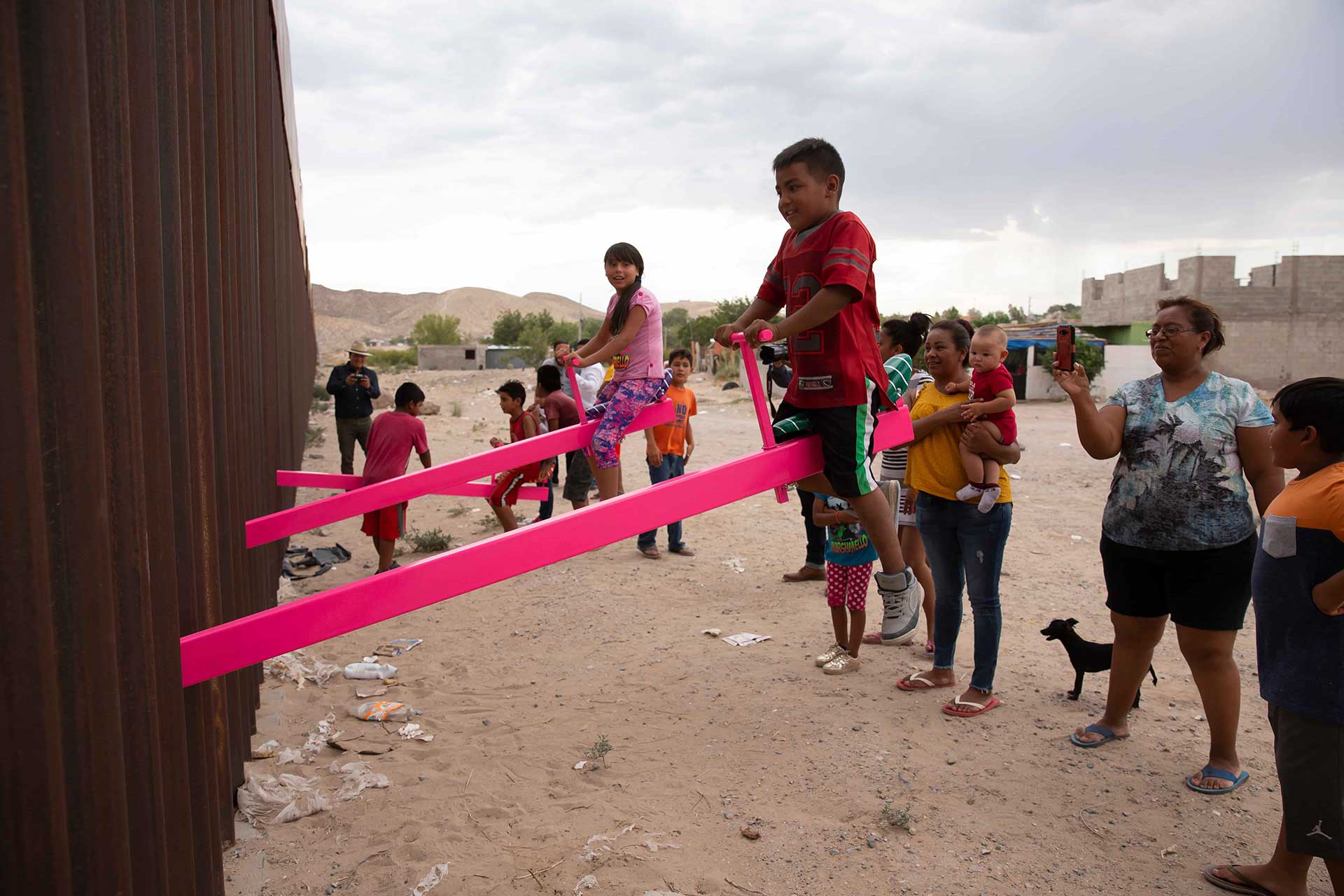
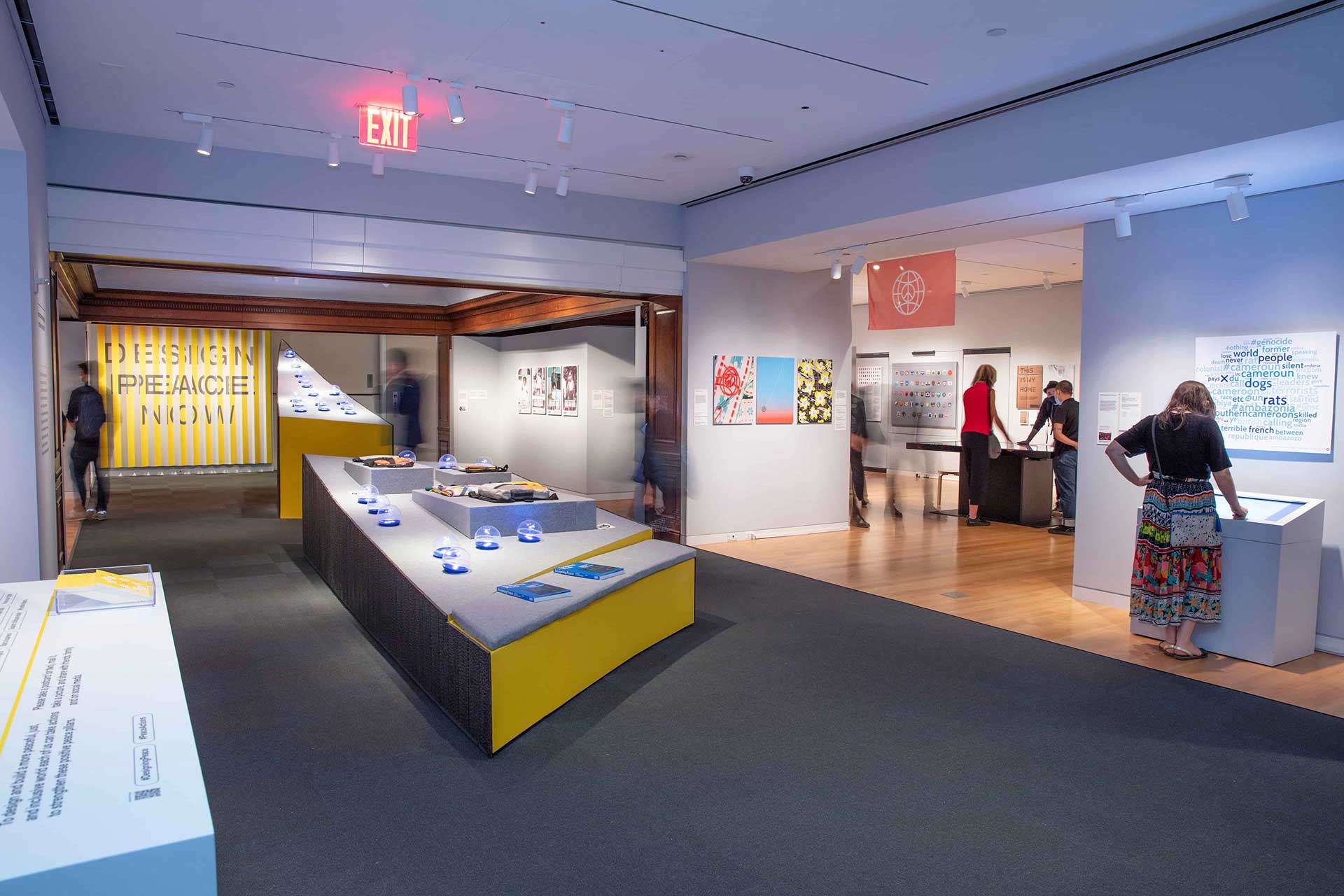
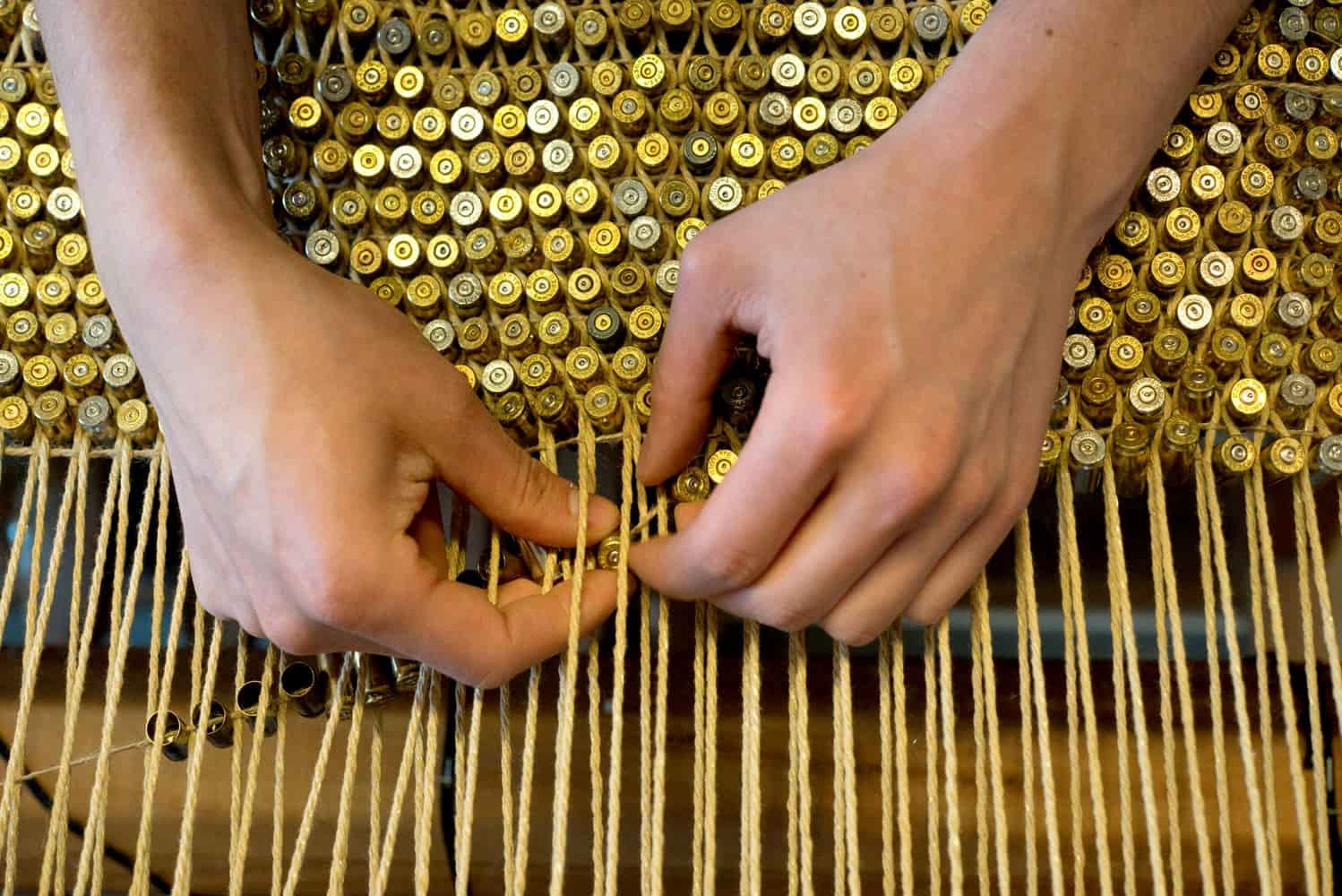
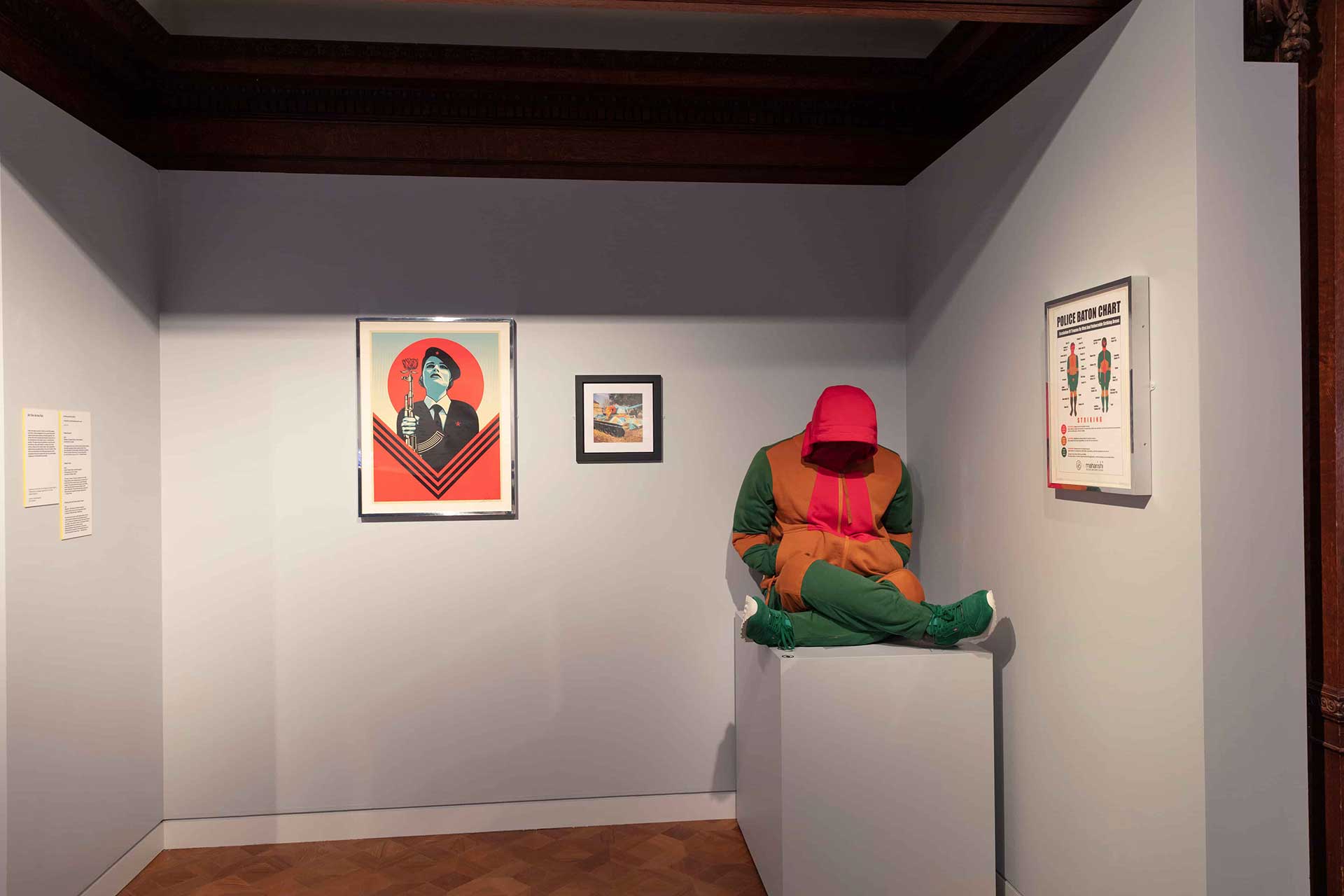
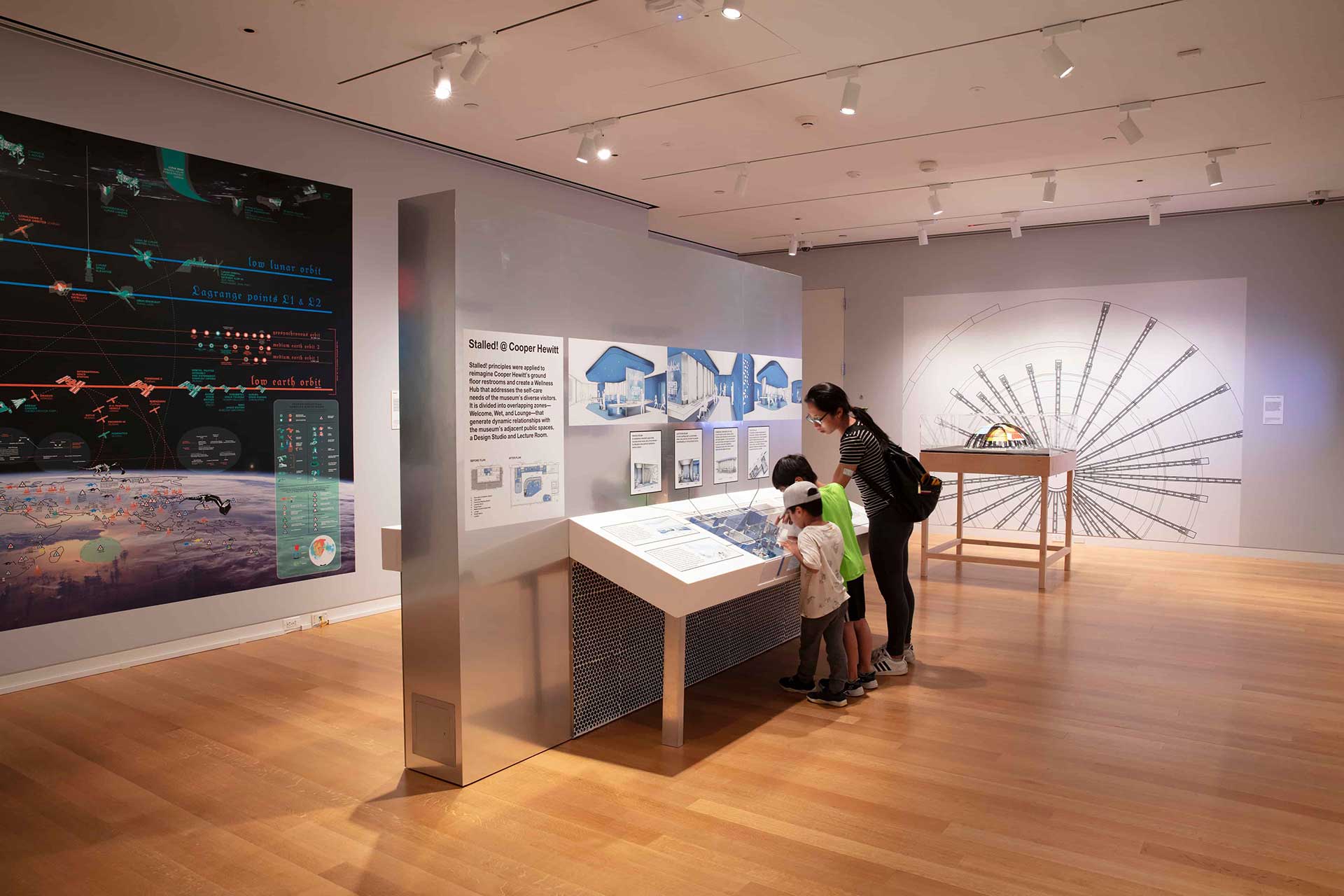






What do you think?